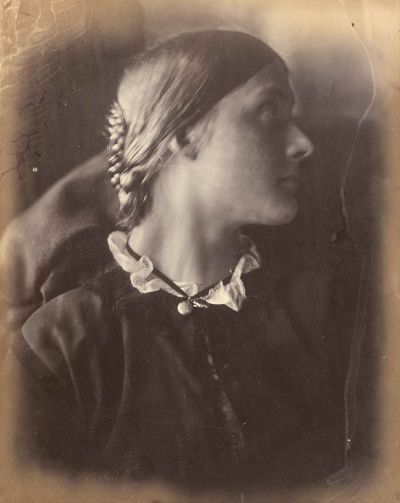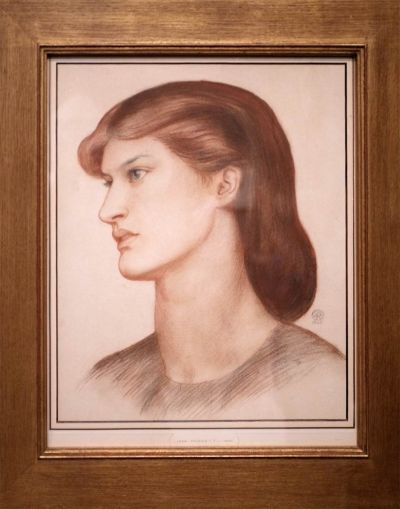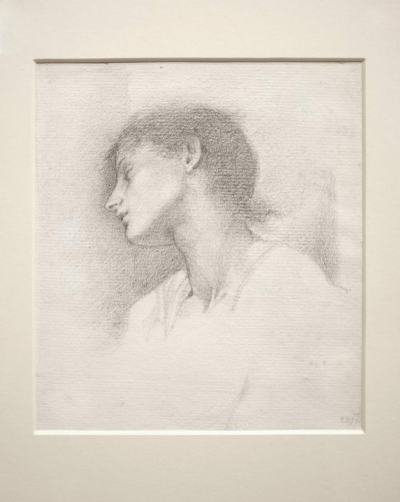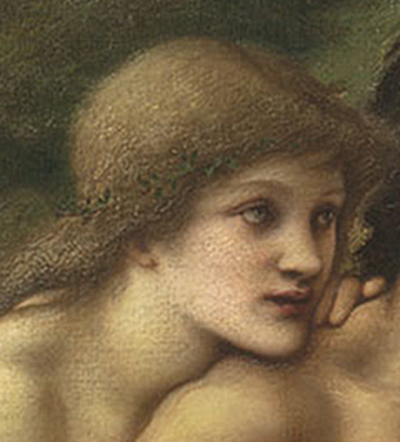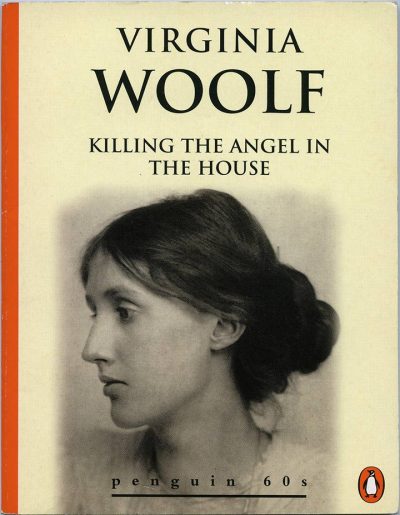Julia Margaret Cameron, Julia Jackson, 1864
The current exhibition at Melbourne’s NGV, Medieval Moderns: The Pre-Raphaelite Brotherhood, features an early photograph by Julia Margaret Cameron.
The 1864 portrait is of Julia Jackson, her niece and goddaughter; she photographed her about twenty times. Jackson became the mother of the painter Vanessa Bell and Virginia Woolf who wrote about her mother that she “bore about with her…the torch of her beauty; she carried it erect into any room that she entered.”
Cameron photographed Jackson in the Pre-Raphaelite style, pensive and ethereal. The Pre-Raphaelite group of mid-19th century English artists had romantic notions about women that influenced Victorian art and was a counter to the prevailing Academy Style of heroines and victims.
This showed itself in their preference for a certain type of female head. Over and over, their pictures of women show a long neck, a small cupid’s bow mouth, abundant reddish hair, a straight nose and that distinctive large jaw. Add to this a melancholic expression and you have almost a formula for the Pre-Raphaelite woman. These resemblances are on display in the exhibition through prints, drawings and paintings.
Dante Gabriel Rosetti, Alexa Wilding, 1867
Edward Burne-Jones, The Garden of Pan, 1887
By coincidence, I happened to be reading a book by Virginia Woolf when I attended the exhibition, along with my students. Holding it up in front of Cameron’s portrait and the other pictures left us in no doubt about the Pre-Raphaelite physiognomy. And when you consider the date of George Beresford’s portrait on the cover, you can see that the influence of Pre-Raphaelite womanhood had lasted forty years, into the new century.
Virginia Woolf, Killing the Angel in the House, Penguin 1995
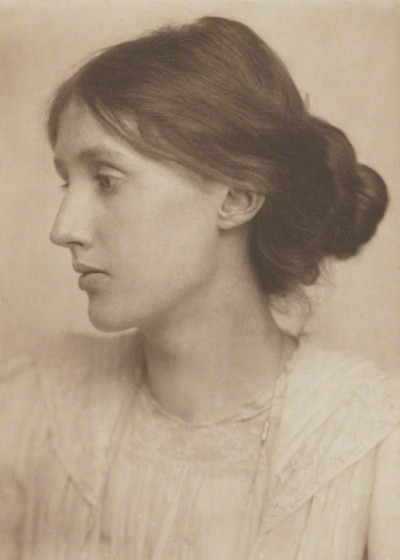
George Beresford, portrait of Virginia Woolf, 1902
